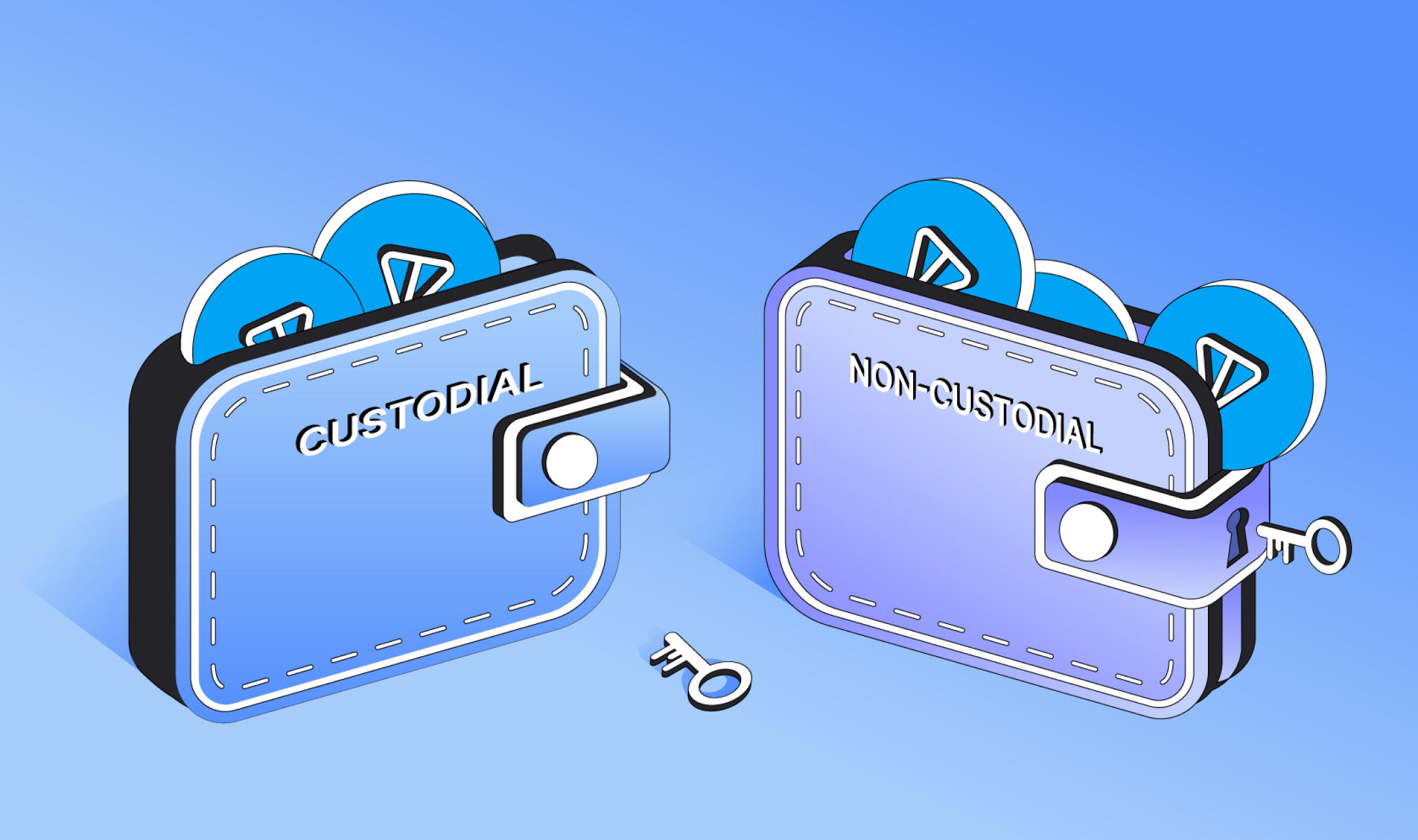Would managing your crypto be simpler and safer? While non-custodial wallets offer complete control, they also place the full responsibility of security and access on the user. Many people are moving to custodial wallets, also known as hosted wallets, to gain peace of mind, added support, and easier access. If you’ve been using a non-custodial wallet and are now considering switching, understanding the process is essential. This article helps walk you through what to expect, what to prepare for, and how to make the switch smoothly and securely.
What’s the Difference Between Custodial and Non-Custodial Wallets?
Before switching, you must understand what you’re transitioning from—and to. A non-custodial wallet gives you complete control over your private keys, meaning you and only you are responsible for your funds.
A hosted wallet, on the other hand, stores your private keys on your behalf. You get backup support, recovery options, and often enhanced features like faster transactions, integrated exchanges, and customer service. This option suits users looking for a more hands-off approach with better security infrastructure.
Why Make the Switch?
There are several reasons why someone might switch to a hosted wallet. For one, it simplifies crypto management. You no longer have to remember seed phrases or worry about losing access due to device failure or human error.
Another common reason is enhanced security. Hosted wallet providers like BitGo often offer high-level security protocols, multi-signature protections, and insurance coverage. These are particularly attractive to businesses, individuals handling large crypto volumes, or those who simply want added peace of mind.
How to Prepare Before Switching?
Transitioning wallets requires some planning to avoid mistakes. First, take stock of all the assets in your non-custodial wallet—this includes cryptocurrencies, tokens, and NFTs. Make sure you know the exact amounts and verify the network each asset belongs to (like Ethereum or Bitcoin).
Second, research your new hosted wallet provider thoroughly. Look for reviews, available features, and security protocols. Also, check if the provider supports all the crypto assets you hold. Confirm compatibility before transferring anything.
The Step-by-Step Process
Once you’ve chosen your hosted wallet provider, follow these general steps:
- Create an account with the custodial service, verifying your identity if required.
- Set up two-factor authentication and any other available security features.
- Export your funds from the non-custodial wallet. This usually involves sending crypto to the new hosted wallet address.
- Double-check addresses to avoid costly errors—transactions on the blockchain are irreversible.
- Wait for confirmation, which can take anywhere from a few minutes to an hour, depending on the network.
Once complete, your funds will appear in your hosted wallet dashboard, and you’ll now have access to support, simplified management tools, and added features.
What to Watch Out For?
While the process seems simple, there are common mistakes to avoid. One major error is sending assets to the wrong network—for instance, transferring ERC-20 tokens to a Bitcoin address. Always verify the blockchain network before confirming a transaction.
Also, be cautious of scams and phishing attempts during the transition. Use only official websites and verified apps when setting up your custodial account. Never share your login credentials or authentication codes with anyone.
Switching from a non-custodial to a hosted wallet can offer added convenience, stronger security measures, and helpful support features. It’s a decision that more users are considering as the crypto space continues to grow and mature. By understanding the differences, preparing correctly, and following a careful process, the switch can be smooth and stress-free. Ready to make the move? Start with research, stay secure, and choose a trusted provider that meets your needs.
